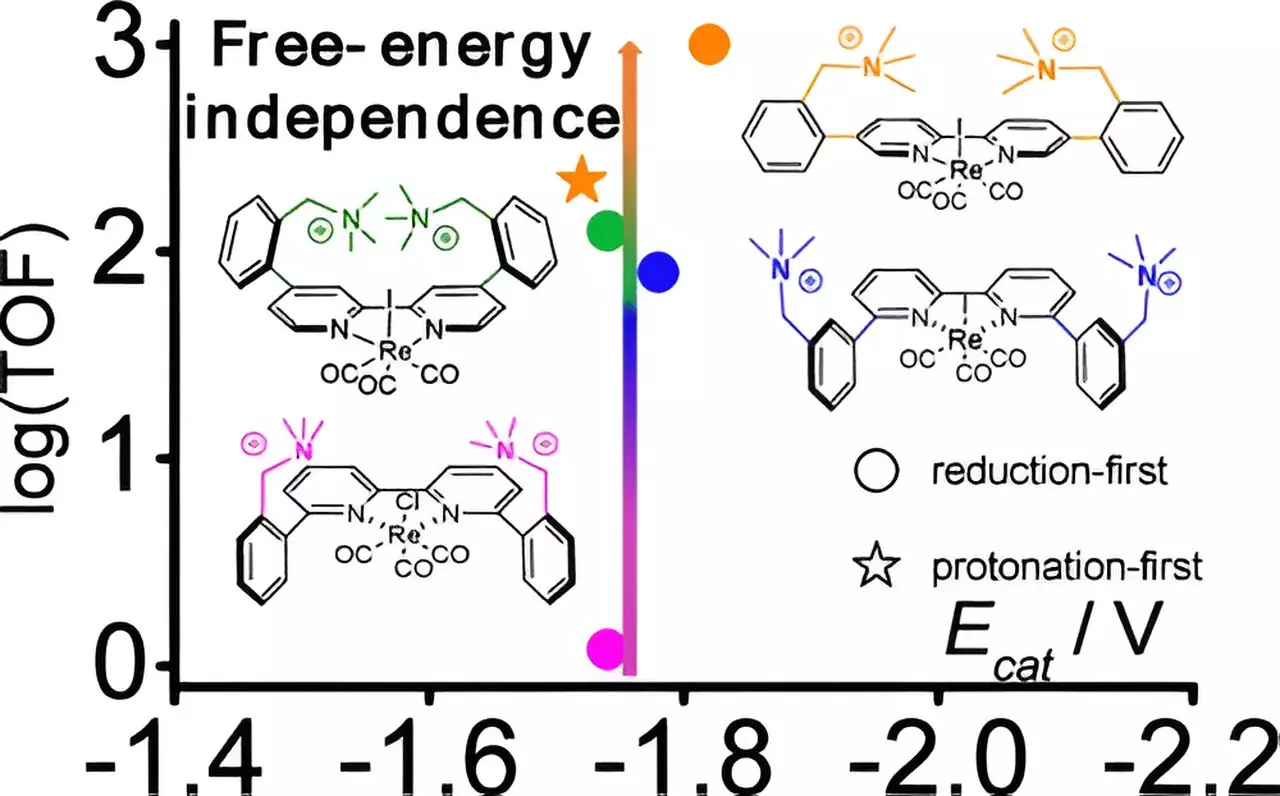The urgency to combat climate change has propelled researchers to explore innovative and effective methods for reducing carbon dioxide (CO2) emissions. One such method that has garnered significant attention is electrochemical reduction, a process that employs electrical energy to transform captured CO2 into valuable products like methanol and ethanol. This approach offers a dual benefit—a way to mitigate harmful emissions while simultaneously creating useful substances. However, a persistent challenge remains: finding a catalyst that operates efficiently enough for practical application. A team of researchers from the U.S. Department of Energy’s Brookhaven National Laboratory, along with Yale University and the University of North Carolina at Chapel Hill, has made remarkable strides in this field, achieving a staggering improvement in catalytic speed.
The Catalyst Dilemma: A Need for Efficiency
CO2 emissions originate from various sources, including electricity generation, transportation, and industrial processes. While numerous materials exhibit catalytic potential for CO2 reduction, their inefficiency often necessitates substantial energy input, making large-scale implementation economically unfeasible. In response to this dilemma, Brookhaven chemist Gerald Manbeck and his colleagues have spotlighted a catalyst that addresses these economic constraints while excelling in performance. Their latest research, published in the Journal of the American Chemical Society, presents a catalyst that astonishingly requires significantly less energy, potentially paving the way for more effective future catalysts.
The research team focused on a catalyst based on rhenium, a metal that has proven effective for catalyzing CO2 reduction. By meticulously “decorating” the rhenium catalyst with various positively charged molecules, or cations, they explored three new variations, each with unique inter-cation distances. This careful engineering revealed a stark correlation: optimizing the spacing between cations resulted in a boost in catalytic activity by an incredible factor of 800. This breakthrough is critical as it minimizes the additional energy needed, thus enhancing the feasibility of the catalyst for practical applications.
Computational chemistry played a pivotal role in understanding the underlying mechanisms behind this newfound efficiency. The researchers discovered that cations stabilize specific stages of the catalytic reaction, and the most effective catalyst facilitates a low-energy pathway—a phenomenon atypical of rhenium-based molecular catalysts. This nuanced discovery has significant implications for the future of catalyst design, hinting that geometric adjustments can yield significant performance enhancements.
Methodology: A Rigorous Scientific Approach
The research team employed a variety of sophisticated methods in their analysis, including cyclic voltammetry, an electrochemical technique that quantifies reaction rates and energy characteristics. Furthermore, infrared spectroelectrochemistry was utilized to observe the structural changes occurring throughout the catalytic process. Notably, the researchers employed a cutting-edge apparatus developed internally, designed to detect chemical transformations occurring at the interface of the solution and the electrode surface, where the catalytic reaction initiates. This approach has allowed for unprecedented sensitivity in gathering data, enhancing the reliability of their findings.
The study’s authors express intentions to further refine this catalytic system by incorporating semiconductor-based light absorbers, such as silicon. These materials have the potential to harness sunlight, converting it into electrical energy that could partially assist in driving the catalytic reaction. By integrating this technology, the researchers aim to diminish the reliance on direct electrical energy, thus contributing to the sustainability of their method. This effort aligns impeccably with the goals of the Center for Hybrid Approaches to Sustainable Energy (CHASE), which focuses on developing photoelectrodes capable of utilizing sunlight to convert CO2 and water into liquid fuels.
The research conducted by the Brookhaven-led team represents a major leap forward in the field of CO2 reduction. Their innovative approach not only tackles the critical challenge of catalyst efficiency but also opens avenues for harnessing renewable energy resources in the process. As the world grapples with the adverse effects of climate change, the continued exploration and optimization of electrochemical reduction methods can play a crucial role in building a sustainable, carbon-neutral future. Through collaboration, creativity, and scientific rigor, this team has set a precedent for future research in combating one of the pivotal issues of our time: climate change-driven CO2 emissions.

